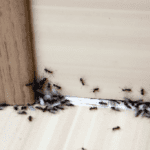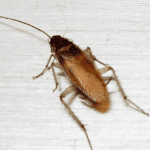What is Saraki?
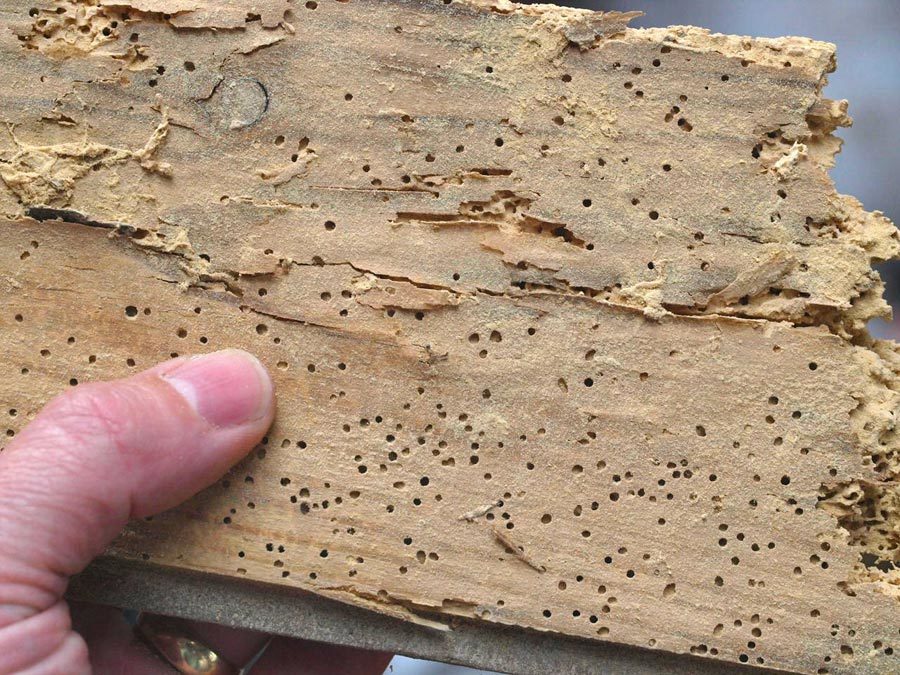
What is Saraki?
What is Saraki?
By the term worm we mean a wide range of wood-eating insects. Most belong to the beetle family (beetles). The infestation affects live, half-dead, sick, burned, drought-stricken or dead trees, as well as fully treated wood. In the house where we find them on floors, in the roof wood, on wooden stairs, frames, furniture and generally in wooden construction.
The damages caused by the worm, range from tiny holes in the surface of the wood, to the reduction of the structural integrity of the wooden parts of a building, furniture, etc.
Usually the worm is perceived by the exit holes it creates in the wood that it has infected. depending on the type of each worm they have different shape and size and in many cases a fine powder of chewed wood. These holes can be like a pin head up to 2-3 points.
More information
Biology
All wood-eating coleoptera that infect wood show a perfect metamorphosis (egg, larva, prosperous). The larval stage is what does the most damage to the wood. It moves in the wood in galleries, eating it. After one to five years the larva turns into a thriving one. The thriving insect makes exit holes in the wood (that is when the infestation is perceived) and comes out to reproduce and lay its eggs again on some wood.
When they come out of the wood through the holes, they often leave a fine powder of chewed wood. This can be perceived on furniture or on the floor as a fine powder. In some cases insects can be perceived by the sound made by some species from chewing wood.
The determination of the type of insect that has infected the respective wood, is done by the size of the exit holes, by the type of wood and various other indirect ways. The problem is that these lesions are usually perceived when the damage is already far advanced.
BASIC TYPES OF WOOD-EATING HORNS (SARAKIA)
The main types of wood-eating beetles that concern us are the following.
Cerambycidae
Hylotrupes bajulus (dwelling hole). Prosperous 5-6 mm in males, 8-12 mm in females. Larva up to 31 mm. The biological cycle is from 3 to 15 years. Prosperity occurs from May to August and lasts from 1 to 3 weeks. The outlet holes are up to large, up to 2 points and oval. In homes it prefers soft wood (pine, fir) with low moisture content. Hesperophan spp. (Exquisite worm). Prosperous 15-20 mm with longer antennas than hylotrupes. The outlet hole is up to 5 mm and almost circular. It usually affects non-resin woods, such as oak, poplar, walnut, almond, fig, fig, etc.
Anobiidae
Anobium punctatum (common Greek worm). The prosperous insect is 2.5-6 mm reddish with fine short yellow hairs. Its larva is 6-7 mm. Lives 2-4 years. The outlet holes are small circular. It is usually an insect of all wood furniture, in conditions with high temperature and temperature. Xestobium rufovillosum (death clock). The acme is 5-7 mm, reddish-brown to dark gray-brown with patterns of gray-yellow hairs. The larva is 8-12 mm. The biological cycle is 1-10 years. Prefers hardwoods (willow, oak) and wood infested with wood-eating fungi.
Subfamily Lyctinae
Lyctus bruneusLyctus linearisLyctus africanus. Their buds are 3-7 mm. The larva is in full growth 5 mm. The growth period of the larva is 2 to 18 months and depending on the temperature, the humidity is also the starch stock. Prosperity occurs in the summer from exit holes the size of a pin head. These worms are second only to termites after termites, but are limited to hardwoods with large pores, such as oak, honey, mahogany, walnut, bamboo, etc. They are found on floors, wooden boxes, furniture, antiques, picture frames, tool handles, weapons, etc. The sawdust coming out of the holes is thin yellow.
Bostrychidae
Bostrychus capucinus (Cappuccino). The prosperity is 8-14 mm. His head and chest are black while the sheaths on his body are bright red. Its larva is 12-15 mm. Its biological cycle is 1 to 5 years. The outlet holes are round. Infects from the forest dead or cut oak and chestnut trees. When this wood becomes floors or other objects, the insect ends up in the houses where it causes great damage. Dinoderus minutes & Dinoderus brevis (Bamboo worms). The acme is small 3 mm, cylindrical with a reddish to black color. The larvae are fed for 6 weeks. They get married and the perfect ones come out of the wood in 3 days.They infect stored or processed bamboo wood. (furniture, skewers and general timber of the equator. It has also been observed in spices, cocoa, corn, rice, stored grains etc.Anobiidae
Some Images
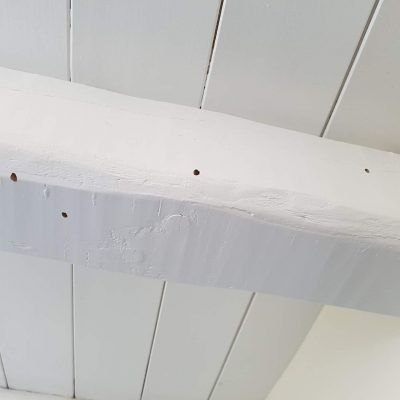
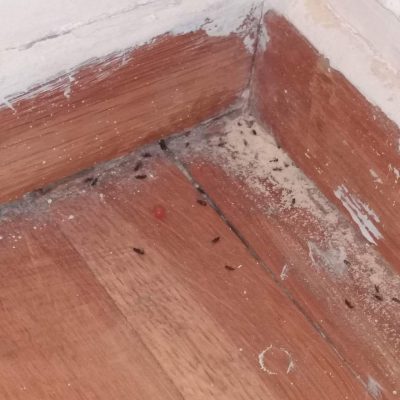
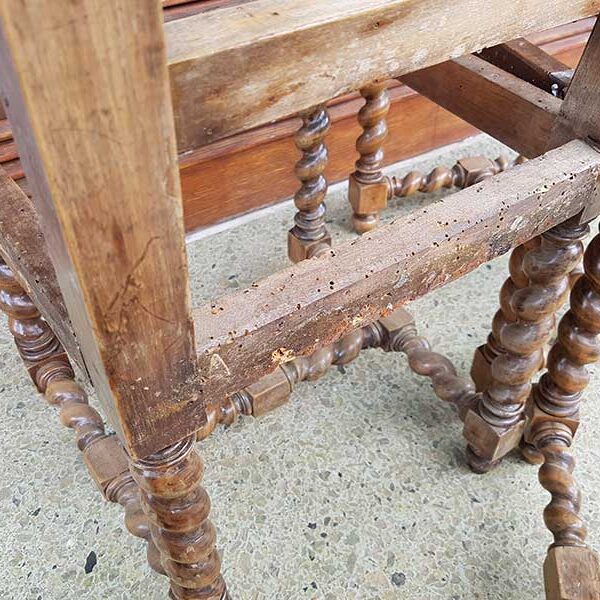
Read hundreds of articles that will answer any question about #cleansecta by clicking here.



